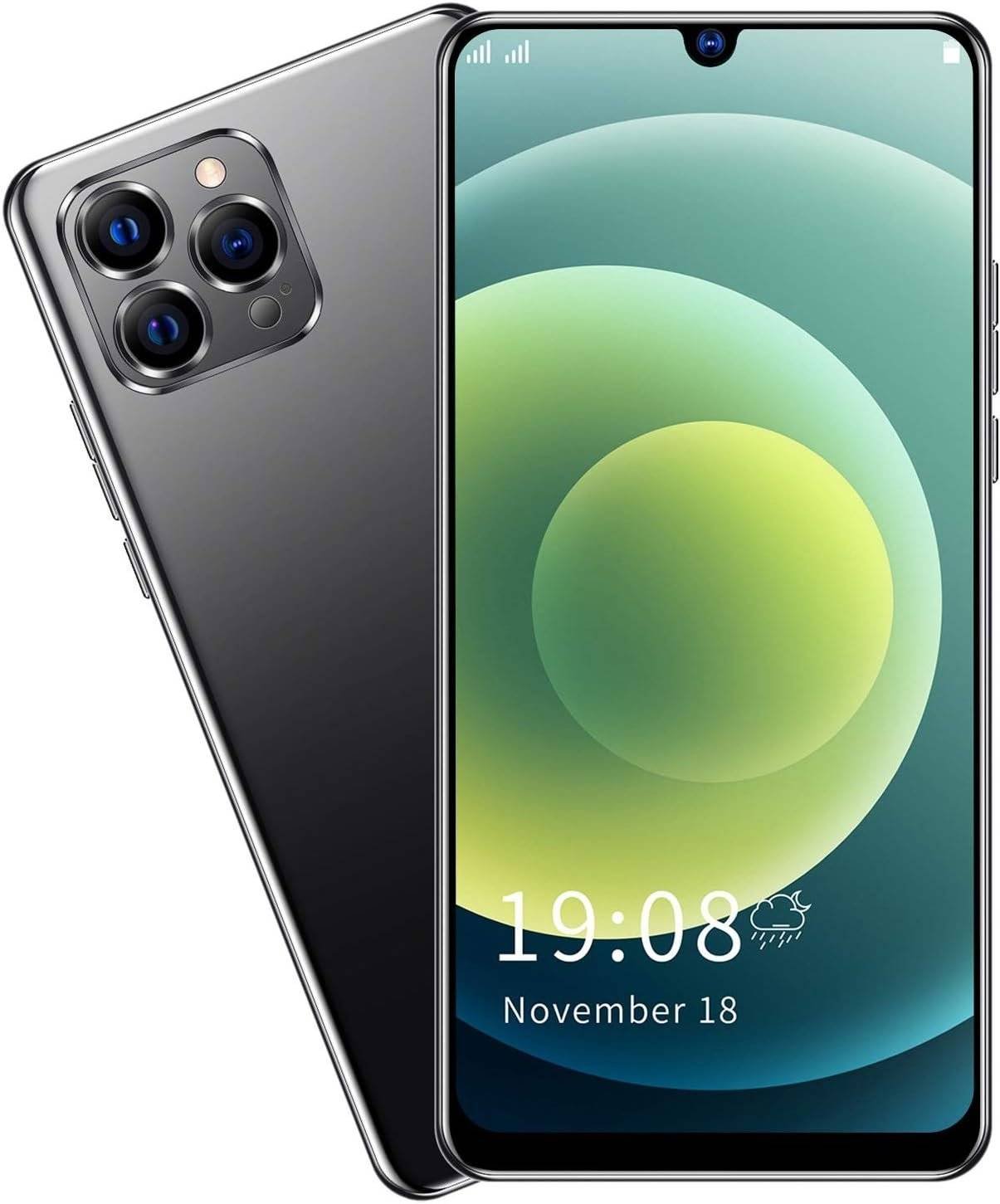Introduction: How Smartphones Changed the World
The Evolution of Smartphone Technology: Smartphones have become an essential part of modern life, revolutionizing how we communicate, work, and entertain ourselves. From simple mobile phones used only for calling and texting, smartphones have evolved into powerful computing devices that fit in our pockets. This article explores the journey of smartphone technology, highlighting key innovations, current trends, and the future of mobile devices.

Early Smartphones: The Beginning of a New Era
The first smartphones emerged in the early 2000s, combining traditional mobile phone functions with limited computing power. Devices like the BlackBerry and Palm Treo enabled users to manage emails, calendars, and contacts on the go, signaling the start of productivity-focused mobile technology.
However, these early smartphones were bulky and offered minimal app support, limiting their popularity.
The real revolution came in 2007 with the launch of the Apple iPhone. Featuring a touchscreen interface, intuitive operating system, and the App Store, the iPhone set new standards for design and usability. Soon after, Android smartphones entered the market, providing affordable alternatives and customizable experiences. Together, these innovations paved the way for the modern smartphone era.
Advanced Hardware: Power in Your Pocket
Modern smartphones are equipped with high-resolution OLED and AMOLED displays, providing vivid colors and sharp visuals. Fast processors and powerful GPUs enable seamless multitasking and gaming, while advanced camera systems deliver professional-grade photography.
Artificial intelligence (AI) and image processing further enhance photo quality, even in low light. Smartphones have effectively become pocket-sized computers.
Software and Apps: Expanding Capabilities
Smartphone software plays a crucial role in enhancing device functionality. iOS and Android operating systems host millions of apps — from social media and productivity tools to health and fitness trackers. Apps use hardware features such as GPS, accelerometers, and cameras to deliver personalized experiences.
Artificial Intelligence (AI) and Machine Learning (ML) help optimize battery life, improve performance, and provide predictive text suggestions. Virtual assistants like Siri, Google Assistant, and Alexa offer hands-free control, smart automation, and quick task management
The 5G Revolution
Connectivity has always been the cornerstone of smartphone technology. From 2G, which enabled basic calls, to 4G LTE, which brought high-speed mobile internet, each generation has improved communication.Now, 5G technology offers ultra-fast speeds, low latency, and supports innovations like IoT (Internet of Things), AR (Augmented Reality), and VR (Virtual Reality). The 5G revolution is shaping the next generation of mobile experiences.
The Future of Smartphone Technology
The future of smartphone technology looks promising with foldable displays, AI-powered assistants, and eco-friendly designs. Advancements in quantum computing, 6G, and wearable integration will further transform how we live and interact with technology.
Conclusion
Smartphones have evolved from simple communication devices to essential digital companions that define modern living. With continuous innovations in hardware, software, and connectivity, the journey of smartphone technology is far from over.
Keyword
Evolution of Smartphone Technology
